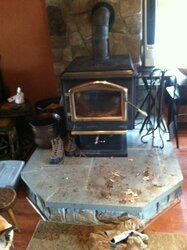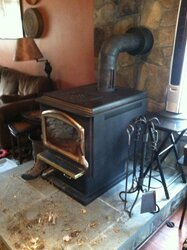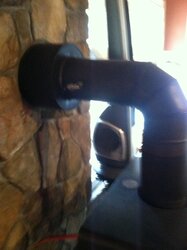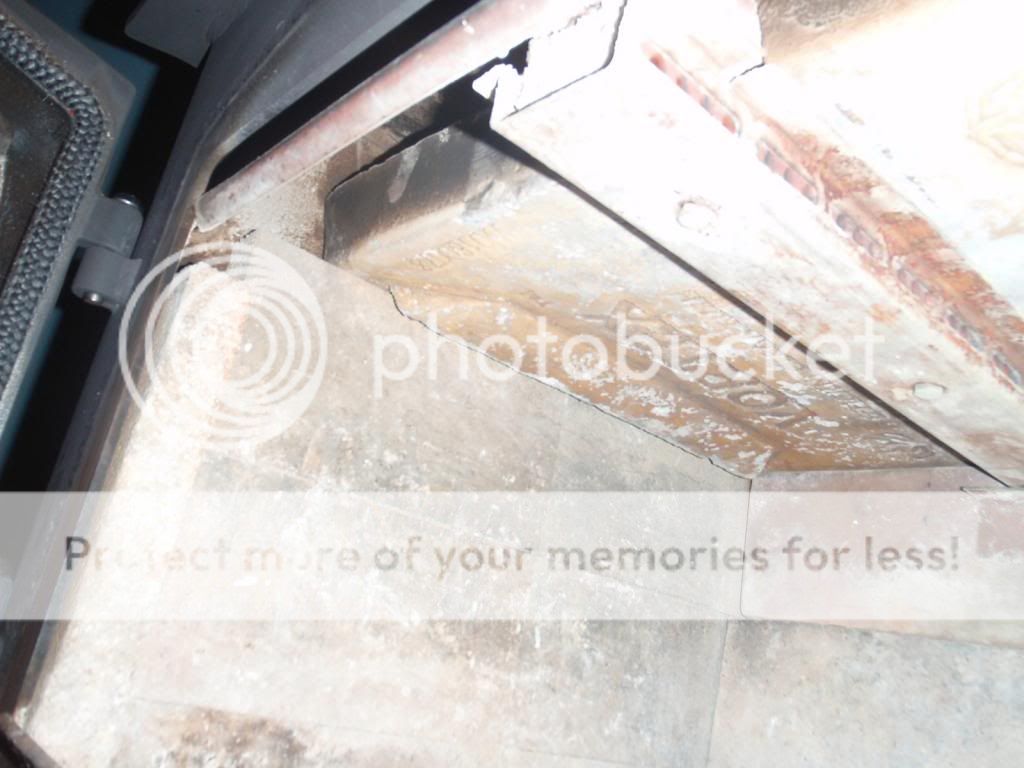My stove is a Napoleon 1900. I need to keep my flue and damper mostly fully open when I burn to make it climb to the right temperature. Smoke comes out of the door when beginning even when the kindling is very seasoned.
When I do my overnight burn and turn everything down low, I do have hot coals but the window is stained. The pipes and chimney are cleaned out 3 times a year. The cap and chimney are so high (25 feet) that I have to clean from the bottom up. There is definitley a clearing up there for the smoke to get out but I cant see the actual condition of the cap. What's up ?
When I do my overnight burn and turn everything down low, I do have hot coals but the window is stained. The pipes and chimney are cleaned out 3 times a year. The cap and chimney are so high (25 feet) that I have to clean from the bottom up. There is definitley a clearing up there for the smoke to get out but I cant see the actual condition of the cap. What's up ?






